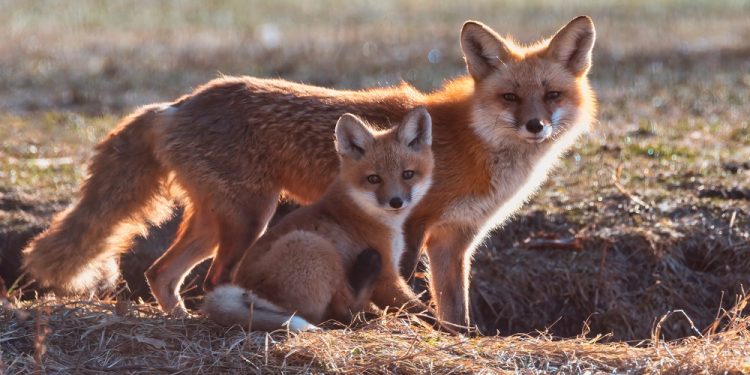
World Wildlife Day
Celebrated annually on March 3rd, World Wildlife Day is a holiday that not only celebrates the diversity of the world’s wild flora and fauna but also raises awareness about the dangers they face due to human activities. Wildlife today faces many different challenges, which include, but are not limited to, loss of habitat, industrialized farming, commercial development, and overgrazing. Poaching and the trafficking of animal hides, tusks, or fur also pose significant risks to several species, including tigers, rhinos, and elephants.
History of World Wildlife Day
While extinction is a natural phenomenon, many scientists estimate that we are losing species at a rate approximately 10,000 times higher than the natural rate of extinction. This means that dozens of species are going extinct every single day. As many as half of all current species may be extinct by the mid-21st century. Animals that had already gone extinct by 2016 include the heath hen, the Caribbean monk seal, the baiji dolphin, the golden toad, the Caspian tiger, and the Tasmanian tiger. The most endangered species, as of 2017, are the ivory-billed woodpecker, Javan rhinoceros, western lowland gorilla, the tiger, the Amur leopard, the Chinese giant salamander, and the red wolf. And that is only a small sampling of the thousands upon thousands of animals that currently face extinction.
Initially proposed by Thailand at a United Nations General Assembly, World Wildlife Day was established as an international holiday on December 20th, 2013. It was decided that it would be celebrated on March 3rd because that is the day on which the Convention on International Trade in Endangered Species of Wild Fauna and Flora (CITES) was adopted.
World Wildlife Day Customs & Celebrations
Since World Wildlife Day is a U.N. sanctioned observance day and not a public holiday, schools, businesses, and government buildings are not closed on this day—if it falls during normal operating hours. However, it is celebrated in a variety of different ways. There are usually all sorts of seminars and presentations highlighting the plight of the world’s fauna and flora. There are also drives to help raise money for the rangers involved in the protection of endangered animals, so they can buy new equipment. There are also a number of other charity drives to raise money for endangered animals.








